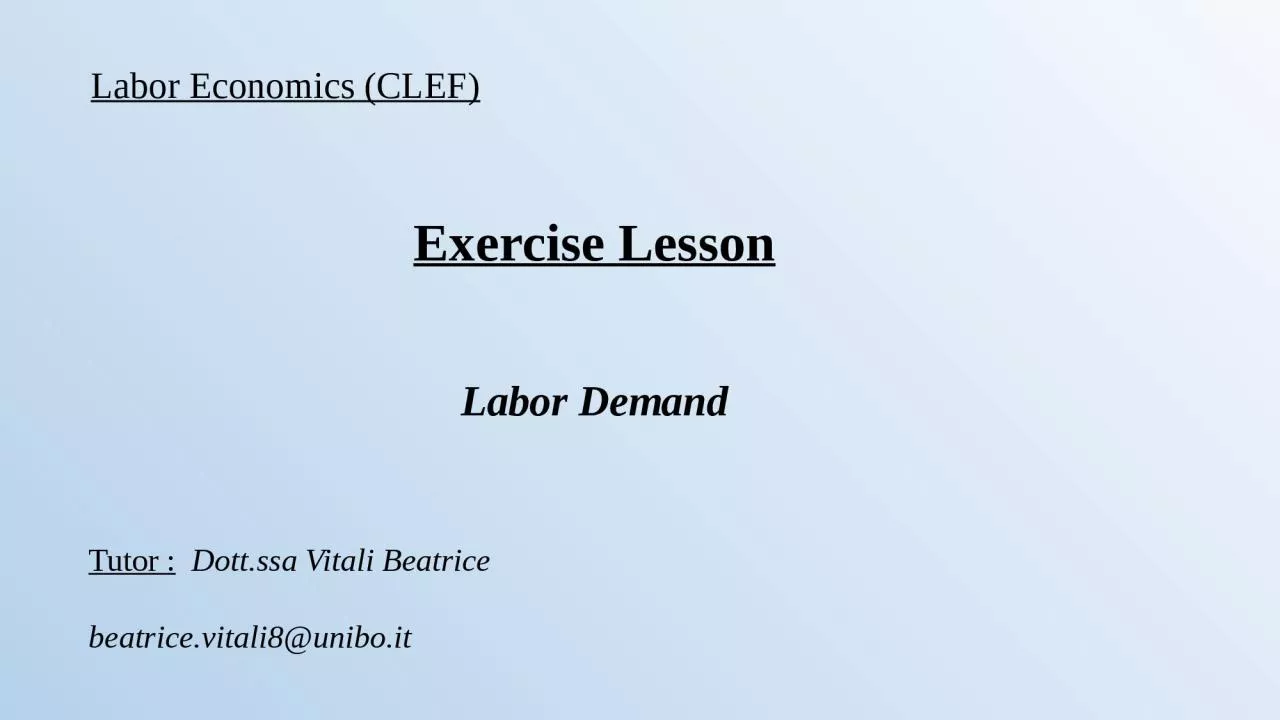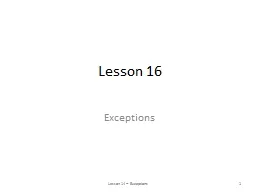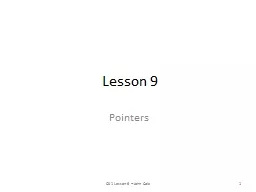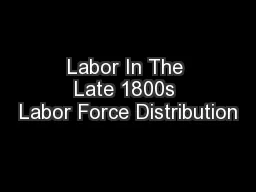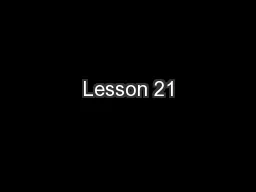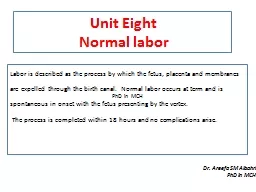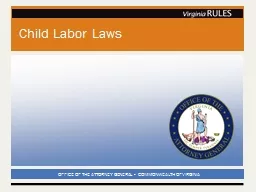PPT-Exercise Lesson Labor
Author : ashley | Published Date : 2023-10-31
Economics CLEF Tutor Dottssa Vitali Beatrice beatricevitali8uniboit Labor Demand PROBLEM 1 Consider a firm for which production depends on two normal inputs
Presentation Embed Code
Download Presentation
Download Presentation The PPT/PDF document "Exercise Lesson Labor" is the property of its rightful owner. Permission is granted to download and print the materials on this website for personal, non-commercial use only, and to display it on your personal computer provided you do not modify the materials and that you retain all copyright notices contained in the materials. By downloading content from our website, you accept the terms of this agreement.
Exercise Lesson Labor: Transcript
Download Rules Of Document
"Exercise Lesson Labor"The content belongs to its owner. You may download and print it for personal use, without modification, and keep all copyright notices. By downloading, you agree to these terms.
Related Documents

